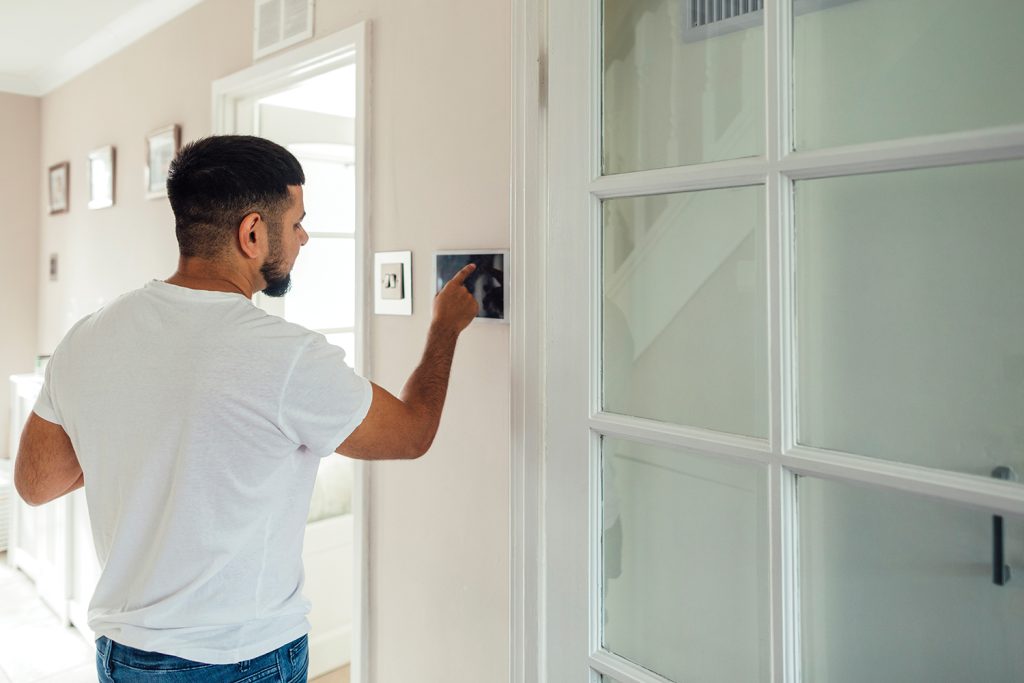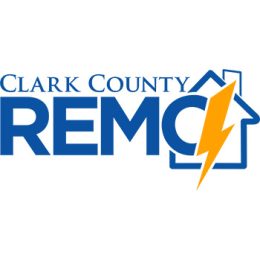
As technology continues to improve and change the landscape of energy demand, Hoosier Energy and its 18 not-for-profit electric distribution cooperative member-consumers throughout central and southern Indiana and southeastern Illinois, are changing with it.
Maximizing the opportunities for technological advancement, Hoosier Energy works with its members to develop, implement and evaluate various pilot programs that seek to increase efficiency to the benefit of the member-consumers. Those member-consumers include more than 760,000 homes, farms and businesses.
Recently, Jackson County REMC completed an 18-month pilot program for smart thermostats in collaboration with Hoosier Energy and the National Rural Electric Cooperative Association (NRECA) involving 200 of its members.
The pilot program identified several opportunities to reduce energy consumption and lower costs, particularly during peak demand periods.
The thermostats are connected to a larger load control system, allowing distribution co-ops like Jackson County REMC to adjust settings during a weather event. However, member-consumers still have complete override capability and can take over their settings at any time.
Similarly, Southeastern Indiana REMC (SEI) offers a Generac Load Control Generator Program. SEI sells and installs the Generac generators for load control services.
The generators provided have an automatic transfer switch, which is located next to the electrical main. This switch monitors incoming voltage 24 hours a day, 365 days a year. When a break in electrical service occurs, the switch immediately signals the generator to power up. It safely closes off the utility line and simultaneously opens up a new power line from the generator.
Participants receive a discount on the installed product and bill credits.
At JCREMC in Johnson County, member-consumers can get rebates on things such as a smart thermostat or electric vehicle charging station. Both programs also offer the opportunity to save money with the Single-Phase Time-of-Use Rate, which is designed for those who are able to shift more of their electricity use to lower demand or off-peak periods. This rate more accurately passes along the real-time cost of electricity, which is more expensive during periods of high demand and less expensive when demand is low.
“We’re seeing a shift from traditional ways of controlling energy demand,” said Blake Kleaving, manager of energy management solutions at Hoosier Energy. “From the basic on/off switch on an air conditioner or a water heater, to the smart thermostat, smart, connected devices give member-consumers more options to monitor and control electricity consumption.”



